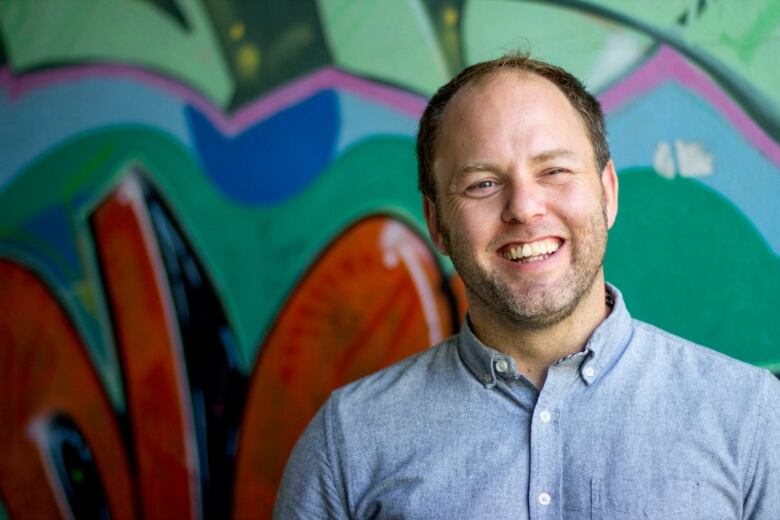Solution to Indigenous homelessness in St. John's about more than shelter, say housing advocates
Indigenous people in St. John's are twice as likely to be homeless as rest of population

Indigenous people living in St. John's are more than twice as likely to experience homelessness as non-Indigenous people, but housing advocates say the solution is more complicated than just finding more shelter space.
Leanne Jesso is the housing co-ordinator for First Light Friendship Centre, which hashelped 108 individuals and families find or maintain housing since August 2020.
"We do support a lot of people in the community, and we have recognized the demand again for safe, secure housing, where a lot of people's needs are not being met," Jesso said.
According to data from End Homelessness St. John's, 12.5 per cent of people experiencing homelessness in St. John's are Indigenous, while according to the 2016 census, just six per cent of the overall population in the city are Indigenous.
Jesso said the shelter system is at or near capacity, butthat isn't the only reason shelters may not be appropriate for some Indigenous people.
Even if there is space, Jesso said, many homeless Indigenous people are unwilling to enter an institutionalized space like a shelter because of past experiences at institutions like residential schools.
"It's traumatic for them and they actually don't feel comfortable or safe in a shelter," Jesso said.
A 'brutal' situation
Thrive'sStreet Reach program directorSean Reany said the housing situation in the St. John's area is "brutal."
"The cost of housing is ridiculously high, as well as the cost of living in many different areas," Reany said. "We've got a lot of people who are having to rely on shelter services or sleeping rough."
Thrive offers case management, harm reduction supplies and street outreach services, but Reany said the organization has become so busy that it has had to refer cases to other organizations.
"We've noticed an increase in demand for basically everything that we have," he said.
Jesso said First Light is creating transitional and affordable housing units for people who can'tmaintain housing independently. First Light has 15 affordable units at its Cochrane Street location and has submitted a proposal for 10 transitional housing units at its Water Street location.
"The need is in supportive living and transitional housing because it's those folks who can't get into shelter or don't feel safe in a shelter," she said.
End Homelessness executive director Doug Pawson noted since Indigenous people are less likely to end up in a shelter, the proportion of Indigenous people struggling to maintain housing is likely even higher than the statistics show.
Increases in the price of rental units and a shelter system at or near capacity have exacerbated the problem, he said.

The St. John's rental market was far busier in 2021 than in previous years, driving up rental prices and leading to a housing shortage. Now it's even more difficult for people on income support or fixed incomes to maintain housing while paying for necessities like groceries and phone bills.
Pawson said the problem has gotten worse since last summer, making it more difficult for people trying to exit homelessness. He said about 50 per cent of people staying in shelters are chronically homeless prolonged homelessness lasting for months or years.
"Homelessness itself, like having to go through that experience, is a pretty traumatic event for most folks," he noted.
Not just about shelter
First Light financially supports Indigenous people in the St. John's area who are struggling to cover rent. The organization also helps mediate potential evictions by setting up a "circle of support" with the landlord and an elder from the same Indigenous group as the tenant.
"The landlord will open up about what their issues are with the tenant, and then the tenant has a chance to open up," explained Jesso. "The landlord is able to kind of see the tenant in a different place, and they work with us to try and prevent the eviction from happening."
Jesso said cultural and spiritual factors need to be taken into consideration when addressing Indigenous homelessness. Those factors may include finding housing close to nature or near family.
"One of our things that we ask them, [when] we support folks who are finding housing is like, 'What's important to you culturally?'" said Jesso.
Jesso said First Light is dedicating more resources towardculturally appropriate housing.
"As an Indigenous organization, we're recognizing that and trying to put in measures to work towards serving the Indigenous community as a whole."
with files from Malone Mullin












_(720p).jpg)


 OFFICIAL HD MUSIC VIDEO.jpg)
.jpg)



























































































